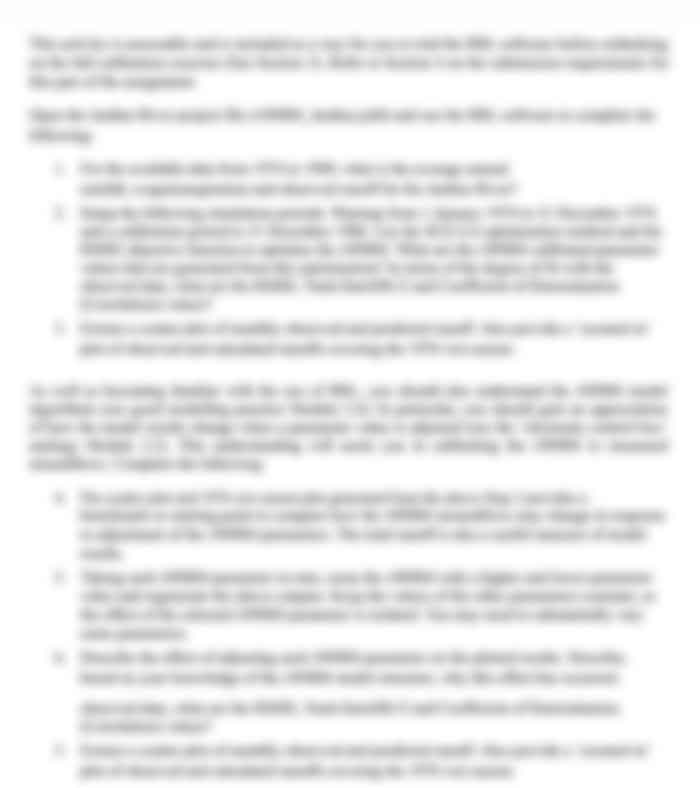Evaluation and Discussion of test items
Introduction
National Assessment Program - Literacy and Numeracy (NAPLAN) is aimed to measure the students performance in literacy and numeracy in different years of schooling. This essay focuses on the analysis of the 2014 Year 5 NAPLAN Numeracy Assessment and potential solutions, teaching approaches, particular questions and access arrangements, and problem-solving strategies. The analysis is conducted using the Australian Institute for Teaching and School Leadership (AITSL) standards, which detail the knowledge of students learning processes and the differentiation of the instructional strategies based on the learners requirements.
Solutions and Approach
Questions 7, 27, and 31
1.Question 7:
o Solution: Find out how many apples there are in a certain context.
o Approach: This can be solved by a Year 5 child using simple arithmetic knowledge that they learned in the previous grades. In teaching abstract concepts, things like drawing an apple, or using physical counters may come in handy.
2.Question 27:
o Solution: Calculate the area of a rectangle.
o Approach: Students will be able to compute the perimeter of a rectangle using the following formula - length width. They may also use diagrams and count squares it to cement the understanding of multiplication as repeated addition (Daliri-Ngametua et al. 2024, p. 1-18).
3.Question 31:
o Solution: Determine the time duration between two events.
o Approach: Analog or digital countdown timer allows the student to count the number of hours and minutes that have elapsed. Another feature that can be explained to students within the context of the concept is the use of a timeline or a number line to understand elapsed time.
Accessibility
Questions 14, 22, and 33
1.Question 14 (Tents):
o Accessibility Issues: The problem might prove difficult to visualize for students who do not know how to camp or for new students who cannot see.
o Teaching Strategies: Provide samples of images, videos, or physical models of tents that the teacher can use when introducing the idea.
2.Question 22 (Dog Picture):
o Accessibility Issues: Some students might contract any form of interaction with dogs or might not know the variance in cultural traditions.
o Teaching Strategies: Please provide different examples and use different pets or animals that the students know about.
3.Question 33 (Going for a Walk):
o Accessibility Issues: Some students coming from the background of urban environments or limited mobility may have difficulty relating to a simple walk in the park or around the neighborhood (Dooley, 2020, p. 235-244).
o Teaching Strategies: For context relevance, use virtual tours, storytelling, or an interactive map of the area of interest.
Teaching Intervention
Question 20
- Support Using Growing Patterns (Van de Walle et al., 2019):
This is in agreement with Van de Walle et al. (2019) intervention plan in growing patterns that teachers ought to adopt to help their students solve Question 20 of the 2014 Year 5 NAPLAN Numeracy Assessment. A growing pattern is a sequence that tends to increase by an arbitrary amount, this is shown when a rule can be easily taught to students to improve their algebraic thinking.
The intervention begins with the use of blocks or beads transferred from one learners hand to another as a way of teaching some techniques. These concrete objects assist a student to bring in items into the sequence so that their growth can be noticed. Concrete behaviors through which students learn were evident from the aired ideas where performing activities that involve the use of hands-on experience, the easier it becomes for the students to learn because ideas displayed are alive and one is even able to touch them.
Besides, this learning, teachers have to use the visual pattern tools that are in the educational websites for instance Scootle. They provide graphic displays that can expound rising trends and then, the students can approximate the following components in the progression. This conforms to the physical manipulatives as it comes with an attractive, colorful tool that enables the learners to immediately put into practice what they learned about growth patterns.
Strategies
Questions 29 and 36
Question 29
Strategy 1: Use Multiplication Tables A good way of tackling Question 29 would be by employing the multiplication tables. These tables can readily be used by the students to search for the product straight from the tables as these are memorized by the students by the time they are in year five. For instance, when faced with the problem 7 8, the student will directly say 56 due to the aid of the multiplication table. This is convenient and they can reinforce the strength of the memory and recall which can be useful in other computations in mathematics.
Strategy 2: Apply the Distributive Property The second that has been used is the distributive property whereby the problem has been split into several sub-problems each easy to solve. For example, it is easy to solve the expression that is equivalent to 7 8 in such form as (7 5) + (7 3) because the result of the expression 35 + 21 is 56, which is the answer of the original operation. Besides, such an approach serves the value of adding to making multiplication easier and boosting students understanding of the concept that numbers can be decomposed to be reconstructed, which is a principle of algebra (Herbert et al. 2020, p. 387-410).
Question 36
Strategy 1: Solve Using Long Division One of the ways to make the problem-solving more sequential for question 36 is to use the long division method to solve the problem. The long division makes the students understand how division is done and also divides a larger digit with a smaller digit. For example, if the problem in question is 432 9, the students will write 432 in the division bracket and 9 beside the bracket. They would then determine how many integer values they would get, by dividing the first digits of 432 by 9 and doing that in steps until the final remainder. This method assists in consolidating the concept that division is the breakdown of a number into operations that are simpler to perform.
Strategy 2: Use Repeated Subtraction The second way of solving question 36 is Repeated Subtraction This method allows the students to easily understand division as the process of taking away equal groups in a process. For instance, to find the answer to 432 9 students would subtract 9 from 432 repeatedly to get a remainder of zero, tallying the number of subtractions. Apart from this, it also revises their subtraction and provides the students with a clear picture of how division divides a number (Jackson, 2022, p. 141-157).
Reflection
The Number questions in the NAPLAN test are designed to assess students' understanding of key mathematical concepts, ensuring alignment with the Australian Curriculum: Mathematics. These questions are intended to assess the Proficient Teaching Skills namely, mechanistic skills in the appropriate use of Mathematics that posits mastery of basic mechanics relevant to the degree level of the students. These are; whether the questions set for the assessment are complex and whether they are relevant to the learning of students or not; whether or not the questions posed in the assessment are neutral in a way that they cannot favor or even stretch down to discriminating the intelligent students from the intelligence of the student brought up in a given culture and or stupid students who come from a given poor background. This implies that in every learner irrespective of the background the knowledge and skills of the student will be probed evenly.
Hence, the aspect of partiality about the NAPLAN questions is the way that the questions and tasks are constructed about the students needs and characteristics. Tertiary questions need to be worded in a manner that will ensure that any given student who is attempting to find information and answer a particular question will comprehend the information regardless of his or her background knowledge and learning style. For instance, graphics assist the students in understanding through visuals; at times counting questions assists the students in reading ability. It also presupposes the omission of some references to certain events or the style of a given country or culture, which may be quite unknown to some of the students and the given class will be quite an unequal one.
Reflecting the curriculum, the NAPLAN questions should encompass various strands of the Australian Curriculum: Mathematical. This is Number and Algebra, Measurement and Geometry, and Statistics and Probability. Hence, targeting these fields, the assessment provides a rather general notion of the students thinking as far as mathematics is concerned. More than that, they should contain both, the items that could be memorized and the items that will require further thinking when solving everyday problems, which in turn, enhances the critical thinking abilities of the students. Hence good questions in the NAPLAN test are those that take the students to the concepts that form the mathematics rather than to the calculations. They should allow the students to reason, think, and possibly apply what is taught in life situations.
Are you struggling to keep up with the demands of your academic journey? Don't worry, we've got your back!
Exam Question Bank is your trusted partner in achieving academic excellence for all kind of technical and non-technical subjects. Our comprehensive range of academic services is designed to cater to students at every level. Whether you're a high school student, a college undergraduate, or pursuing advanced studies, we have the expertise and resources to support you.
To connect with expert and ask your query click here Exam Question Bank

